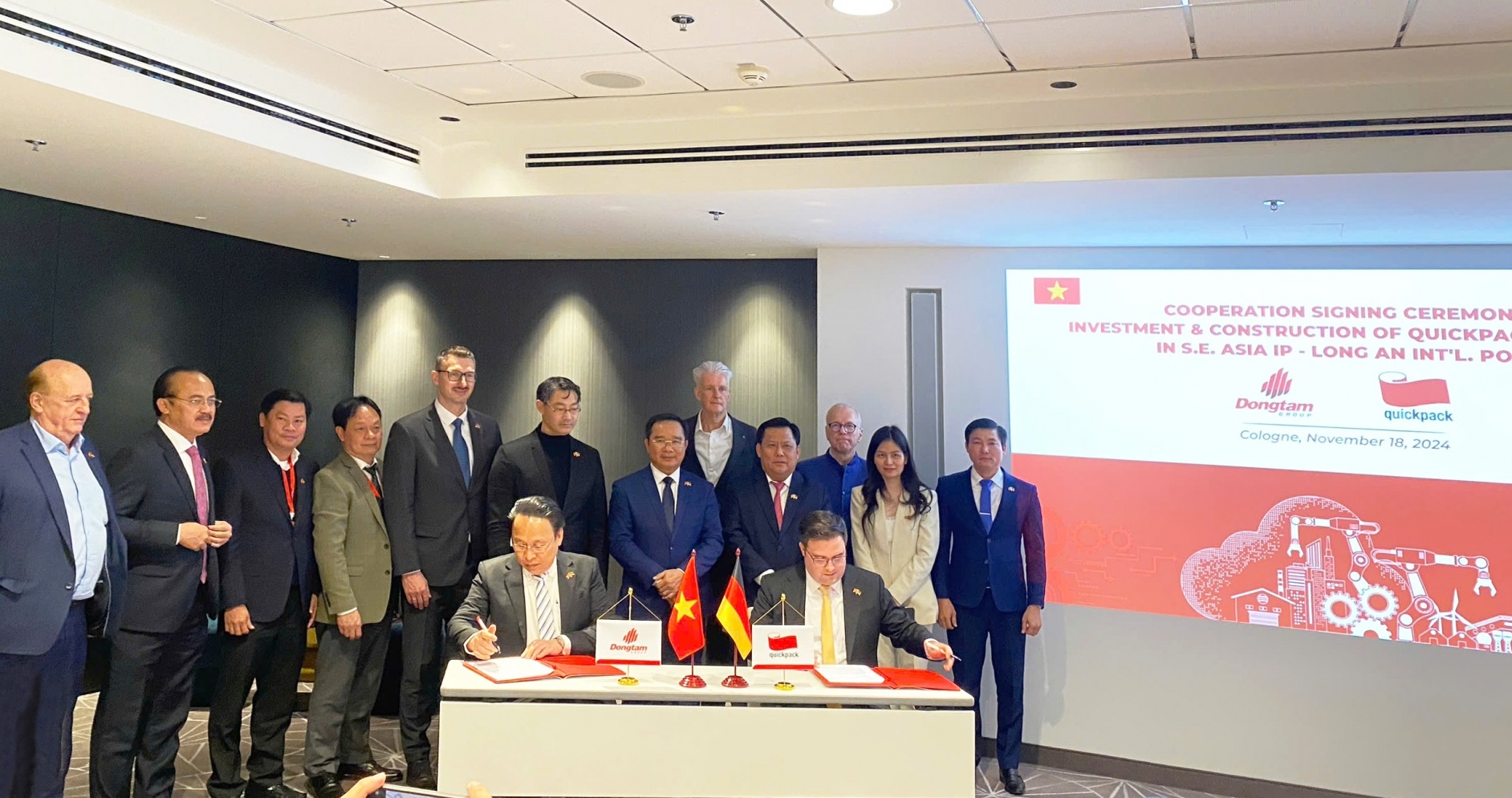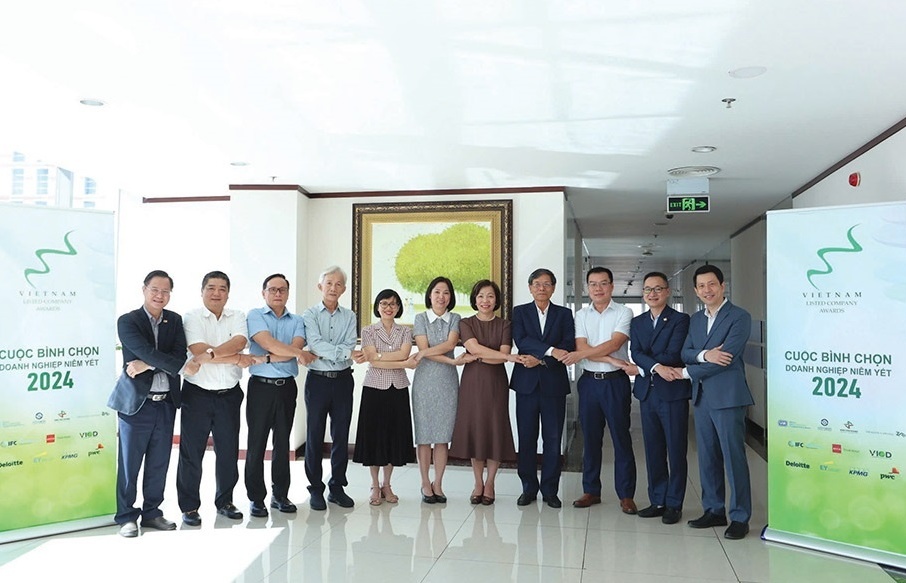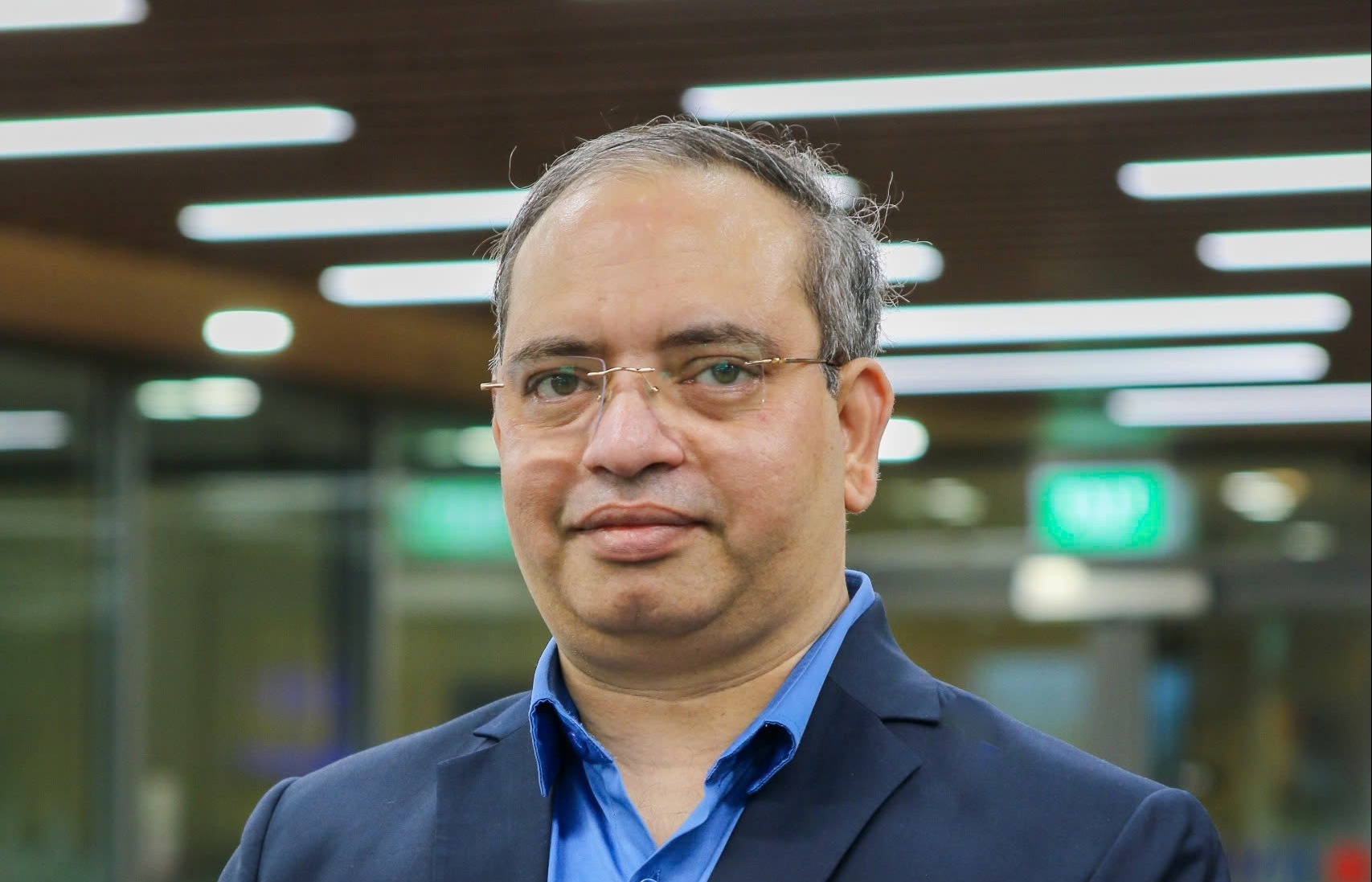VN ready for ASEAN Economic Community
 |
| Viet Nam has brought the tariff rates to zero per cent for 80 per cent of tax lines and remove tariff for another 13-15 per cent by January 1, 2015. The rest will be removed until 2018. - Photo VNA |
Nguyen Anh Duong, deputy head of the CIEM's macro-economic section, said the country has made essential preparations in terms of governance and institutional and administrative procedure reforms.
Participants said the AEC will bring opportunities to Viet Nam to expand markets and at the same time fiercer competition on its own ground, particularly in industrial and agricultural sectors.
CIEM Deputy Director Vo Tri Thanh noted that however, Viet Nam still faces problems in human resource quality and poor infrastructure. He suggested that the country develop effective macro-economic policies to boost the integration process through attracting investment while preventing negative impacts.
In particular, the Government should continue improving its investment and business climate, completing legal framework and assisting enterprises in updating technologies and expanding markets.
Viet Nam has brought the tariff rates to zero per cent for 80 per cent of tax lines and remove tariff for another 13-15 per cent by January 1, 2015. The rest will be removed until 2018.
The AEC aims to establish a single common market and production base for the ASEAN member countries that that enables the free movement of goods, services, capital and skilled labour within ASEAN. The AEC was one of the three pillars of the ASEAN Community, together with the ASEAN Political Security Community (APSC) and the ASEAN Socio-Cultural Community (ASCC). ASEAN comprises ten member states, including Indonesia, Malaysia, the Philippines, Singapore, Thailand, Brunei, Cambodia, Laos, Myanmar and Viet Nam.
What the stars mean:
★ Poor ★ ★ Promising ★★★ Good ★★★★ Very good ★★★★★ Exceptional
Latest News
More News
- Trump's trade policies could shape Vietnam's economic outlook: Dragon Capital (November 15, 2024 | 16:56)
- Prioritising corporate governance for Vietnam’s sustainable growth (November 14, 2024 | 16:50)
- Vietnam eyes nuclear revival to bolster energy security (November 14, 2024 | 16:46)
- German businesses explore investments in Dong Nai (November 08, 2024 | 18:02)
- Vietnamese consumer sentiment outperforms regional averages (November 08, 2024 | 18:00)
- Exchange and interest rates forecast to remain stable after US election (November 07, 2024 | 14:04)
- Industrial real estate stocks benefit from US election results (November 07, 2024 | 13:56)
- 2024 sees $1.41 billion in fintech funding so far (November 07, 2024 | 08:13)
- Trump at 266 electoral votes, Harris at 195: US media (November 06, 2024 | 14:30)
- Hanoi targets digital and high-tech investment with upcoming event (November 06, 2024 | 13:28)




















 Mobile Version
Mobile Version